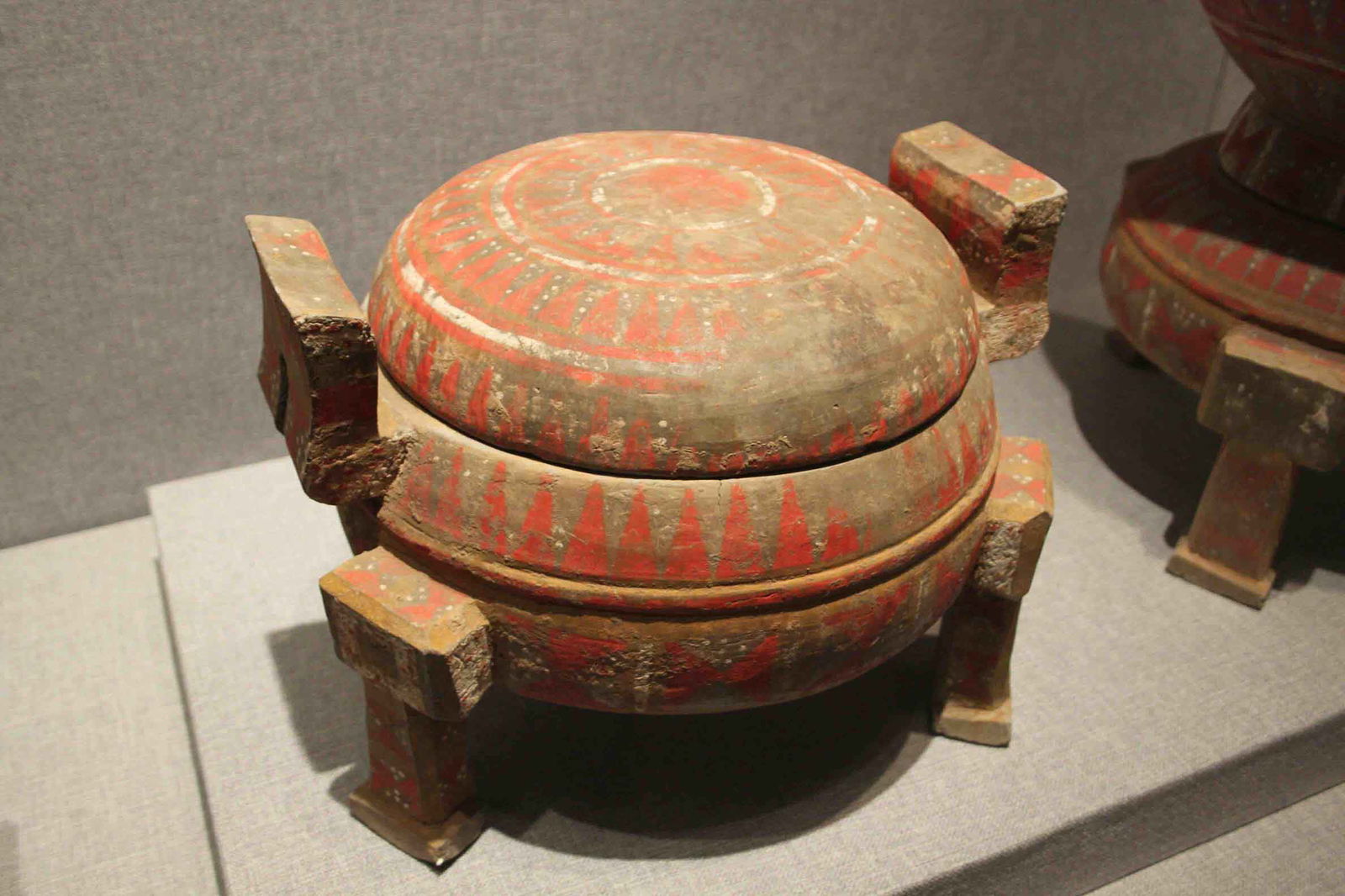Bone powder played a crucial role as China’s Peiligang culture transitioned from a hunter-gatherer society to an early civilization around 8,000 years ago, according to Chinese archaeologists.
Excavations at the Xielaozhuang (XLZ) site in Henan province revealed remnants of the Peiligang culture, which is known for some of the earliest examples of human activities such as fermentation, sewing, and weaving. The Peiligang people also produced the earliest tonal flutes and may have been among the first to use Chinese script. This culture flourished in Neolithic China between 9,000 and 7,000 years ago.
Uncovering Ancient China
A team led by Xingtao Wei excavated XLZ between 2017 and 2018, uncovering signs of early human settlement, including a village, a cemetery, and pottery artifacts. Among the pottery found were three-legged vessels known as Ding, which later evolved into bronze ceremonial objects in the second millennium BCE.
The team focused their investigation on these Ding vessels to better understand Peiligang life at the dawn of agriculture. By comparing the pottery to known examples, archaeologists estimated their age to be around 6,000 BCE. Further testing using Accelerator Mass Spectrometry confirmed a date range of 6,085 to 6,369 BCE.
Bones Ground to Powder
The discovery of bone powder inside the Ding vessels was unexpected. The archaeologists had initially set out to study fermentation practices at XLZ. To analyze residue inside the pottery, they employed advanced techniques such as Scanning Electron Microscopy with Energy-Dispersive X-ray, Fourier Transform Infrared Spectroscopy, X-ray diffraction, and starch analysis. These methods revealed the presence of various compounds and minerals typically found in bone.
Determining the other ingredients used in the vessels proved challenging, but the team eventually identified wild plants such as Job’s tears and acorns. Although agriculture had already been established in the region, the Peiligang did not appear to use their cultivated millet and rice in these vessels. Broader analysis at XLZ also showed that domesticated animals, such as pigs, accounted for only 10% of the site’s remains, suggesting that agriculture played only a limited role in their diet.
Food Production in Ancient China
The researchers hypothesize that the Peiligang people used bone powder in food processing. Archaeologists at other sites worldwide have proposed that Paleolithic groups used bone to extract nutrients from otherwise inedible sources. However, those earlier societies relied on organic vessels made of wood and animal skins, which would have long since decomposed—unlike the durable Neolithic pottery discovered at XLZ.
The bone powder found at XLZ was far more refined than the bone fragments uncovered at earlier sites. The researchers suspect that the sandstone rollers found at the site were used to grind bone into a fine powder.
Modern experimental studies have shown that finer bone powder releases more calcium, which aids in extracting grease through boiling. The Peiligang likely developed this sophisticated processing technique to create highly nutritious food supplements, the archaeologists suggest.
The paper “Bone Powder and Wild Plants: Subsistence Strategies of Early Neolithic Settlers in North China” appeared on November 24, 2024 in the International Journal of Osteoarchaeology.
Ryan Whalen covers science and technology for The Debrief. He holds an MA in History and a Master of Library and Information Science with a certificate in Data Science. He can be contacted at ryan@thedebrief.org, and follow him on Twitter @mdntwvlf.

